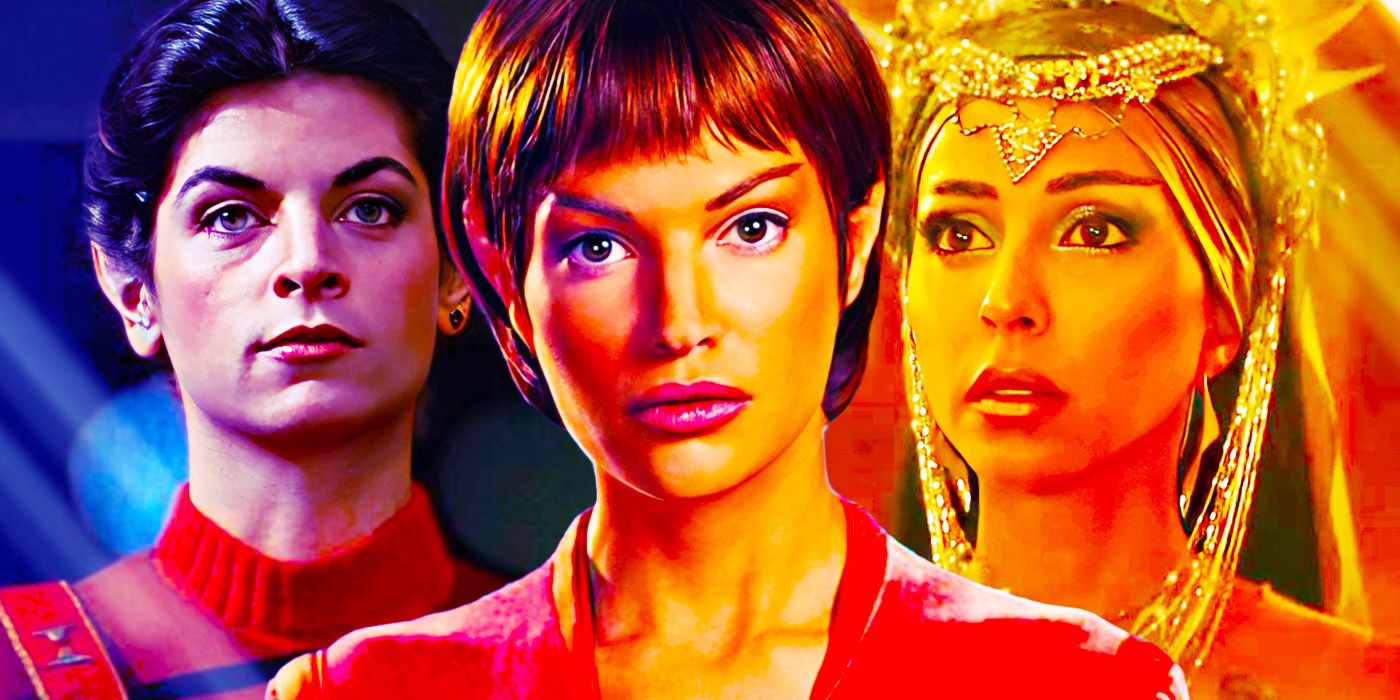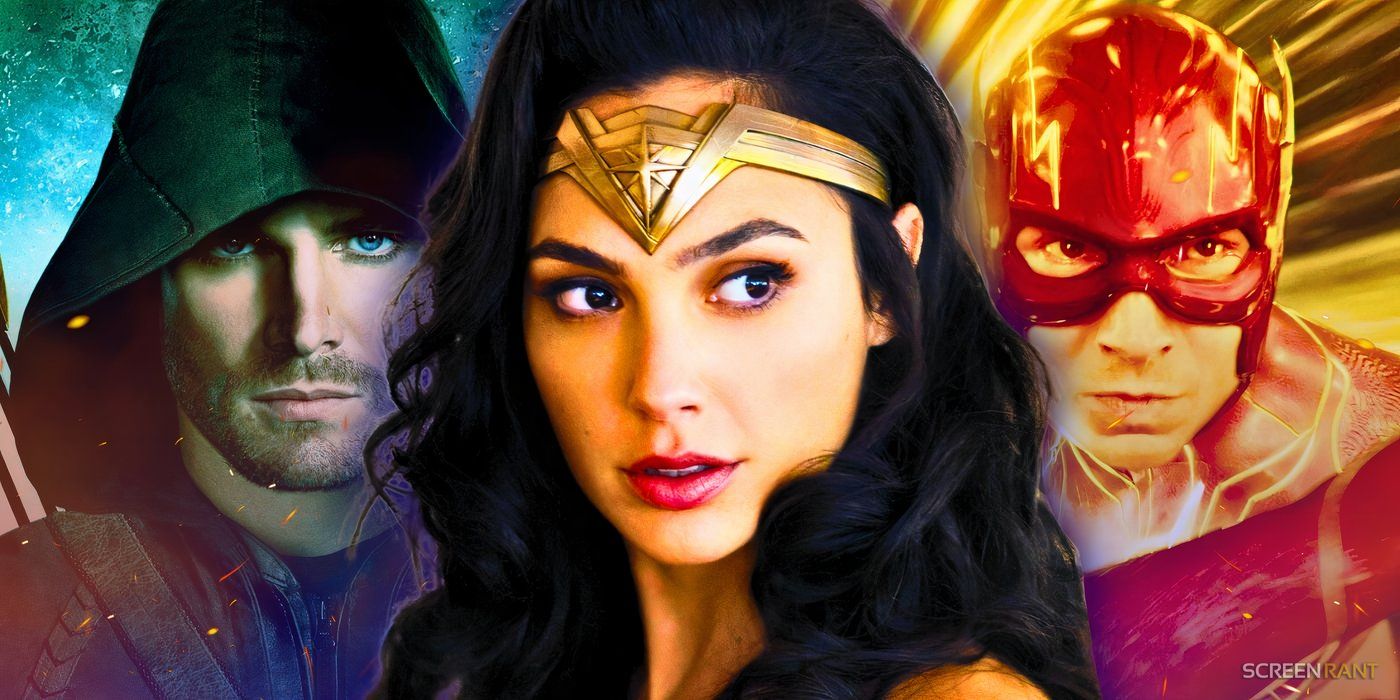With five brand-new shows and new episodes all year round, there has never been a better time to be a fan of Star Trek, and there’s nothing that fans like more than ranking those shows from worst to best. Star Trek‘s 21st-century TV renaissance kicked off in 2017 to a mixed response, with the premiere of Star Trek: Discovery season 1. However, if it weren’t for the success of Discovery then it’s unlikely that the franchise would be in such rude health today.
While the future of Star Trek faces difficulty in the form of cancelations and industrial action, the past six years have expanded the canon in fresh and interesting ways. The Star Trek franchise of the 2020s truly has something for everyone from fan serving nostalgia to arc-heavy storytelling to irreverent animated comedy. Now that Star Trek truly embraces a number of different formats both live-action and animation, episodic and serialized, personal preference may dictate an entirely different ranking of every new Star Trek show from worst to best.
5 Star Trek: Discovery
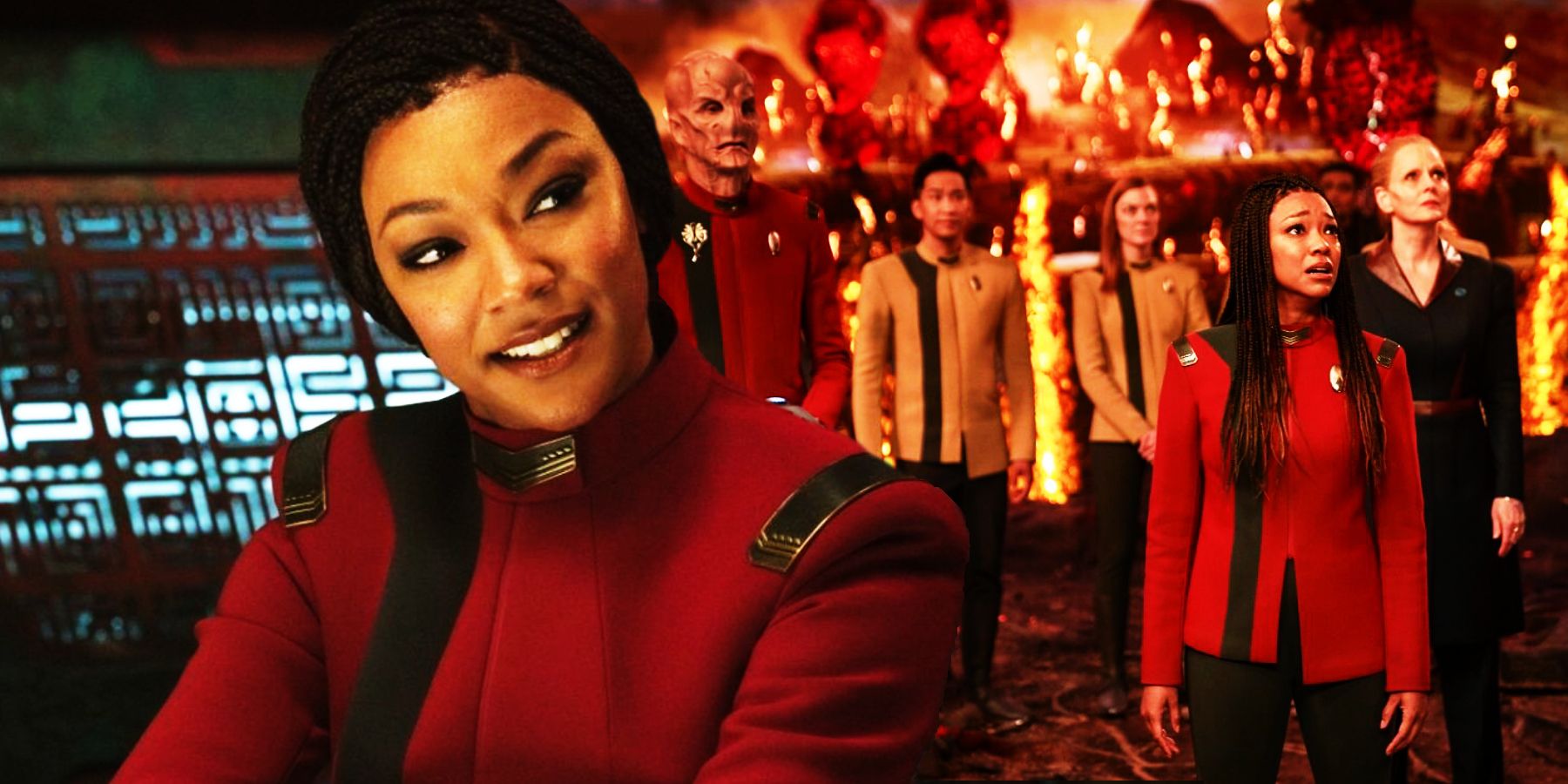
Star Trek: Discovery is by no means a bad show, but it lacks a crucial element that’s present in its franchise stablemates. Discovery‘s preference for serialized storytelling and end-of-the-universe stakes often means that Captain Michael Burnham (Sonequa Martin-Green) is placed front and center, with her crew fading into the background. The best Star Trek shows are always ensemble pieces, and after four seasons of Discovery it can still be difficult to remember the names and backstories of many of the titular starship’s crew.
Similarly, the focus on epic story arcs has meant that Star Trek: Discovery was never able to fully make use of its potential. When Burnham and the crew were transported to Star Trek‘s 32nd century, it felt like an ideal opportunity to reset the show, allowing them to explore this strange new future. Instead, it continued with the long protracted arcs that had too narrow a narrative focus for a Star Trek show. With so much talent in the cast, and such bold ideas in the scripts, it’s always been disappointing that Star Trek: Discovery was never able to fully embrace its potential.
4 Star Trek: Picard
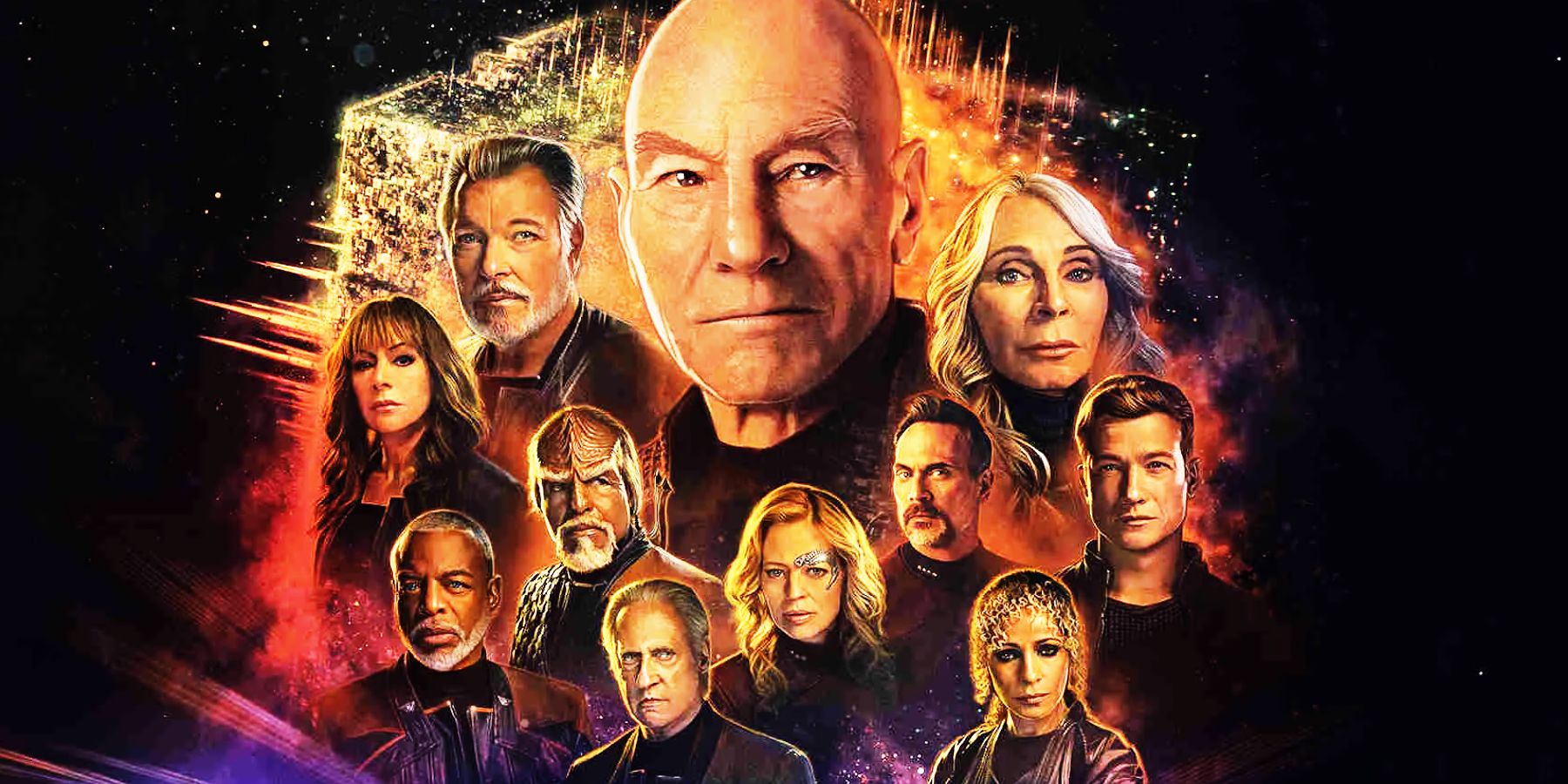
Star Trek: Picard season 3 went a long way to repairing the mistakes of its predecessors with its reunion of the Star Trek: The Next Generation cast. The only problem was that it reminded viewers that this should have been what the TNG spinoff was from the start. Star Trek: Picard seasons 1 and 2 were so focused on exploring the twilight years of Admiral Jean-Luc Picard (Patrick Stewart) that it often blurred the line between character and actor. Picard season 2’s bleak storyline involving the death of Jean-Luc’s mother felt like it was from an entirely different TV show, while the political commentary about the environment and populist governments was mishandled.
Thankfully, the story of Picard and his son Jack Crusher (Ed Speleers) in Star Trek: Picard season 3 managed to tie the disparate threads of seasons 1 and 2 together for an emotionally satisfying final season. The return of Patrick Stewart’s Star Trek: The Next Generation co-stars and the writing of showrunner Terry Matalas and his team coaxed out the Jean-Luc Picard that the previous two seasons had been missing. The only disappointment of Picard season 3 was that the rest of the TNG cast hadn’t been more heavily involved in the show from the very start.
3 Star Trek: Prodigy
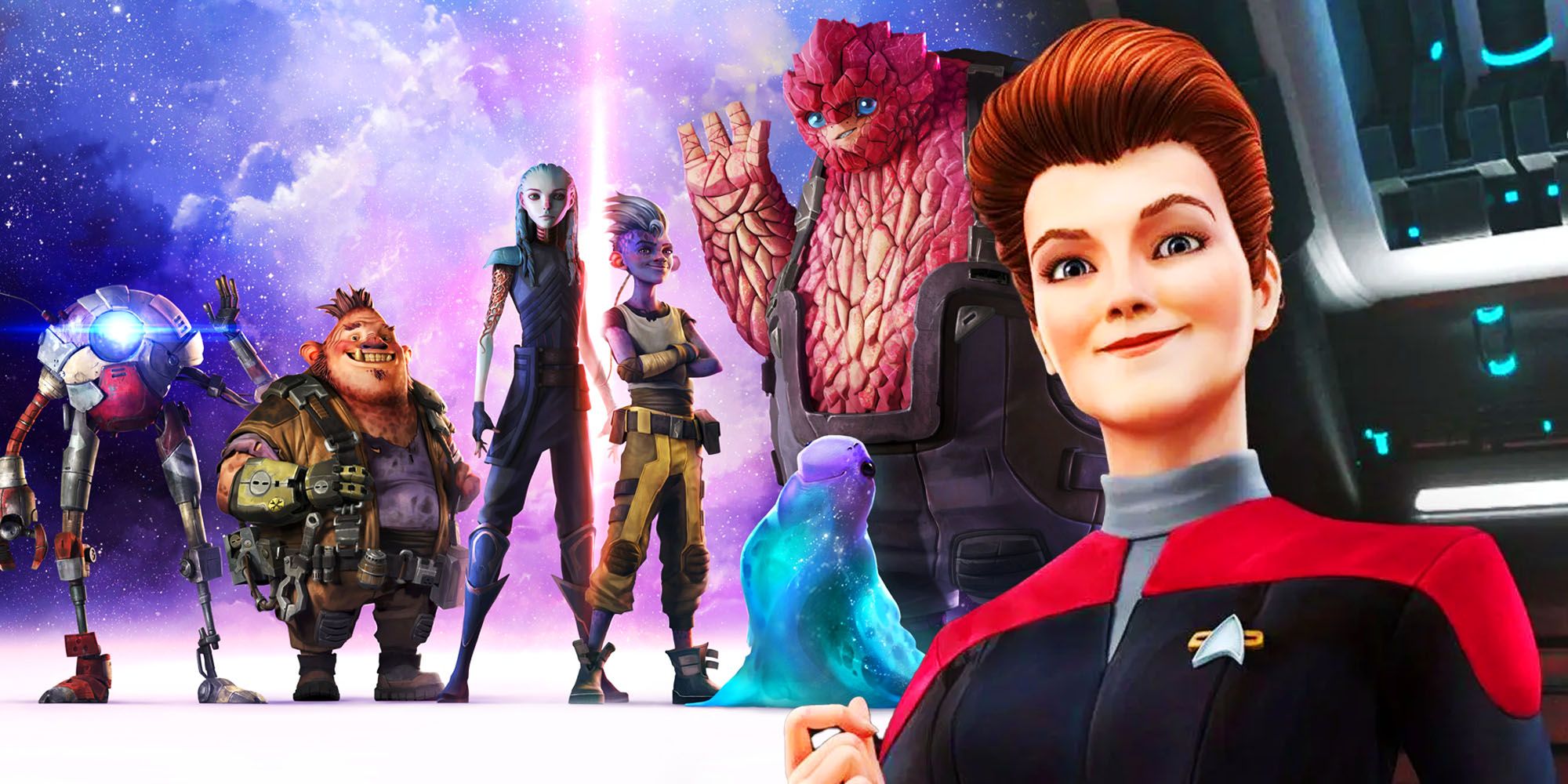
Where seasons 1 and 2 of Star Trek: Picard occasionally felt like Patrick Stewart was playing himself rather than Jean-Luc, Kate Mulgrew had no such problem in Star Trek: Prodigy. Playing two versions of Kathryn Janeway, the holographic Captain, and the older Vice Admiral, Mulgrew was clearly relishing the chance to return to the role. The involvement of Kate Mulgrew, and Prodigy‘s status as a backdoor Star Trek: Voyager sequel provided a good entry point for old-school Star Trek fans. However, it’s the young cast of Prodigy and the way it breaks down Star Trek‘s core ideals that make it truly worthwhile.
Dal R’El (Brett Gray) and his crew of young misfits were the perfect protagonists for Star Trek‘s first-ever show geared toward a younger audience. Star Trek: Prodigy was a coming-of-age story that used the core ideals of Starfleet and the Prime Directive as teaching moments for its young cast. It’s hugely disappointing that the cancelation of Star Trek: Prodigy season 2 means that audiences face a long wait to see how Dal and the former crew of the USS Protostar progress with their Starfleet studies.
2 Star Trek: Lower Decks
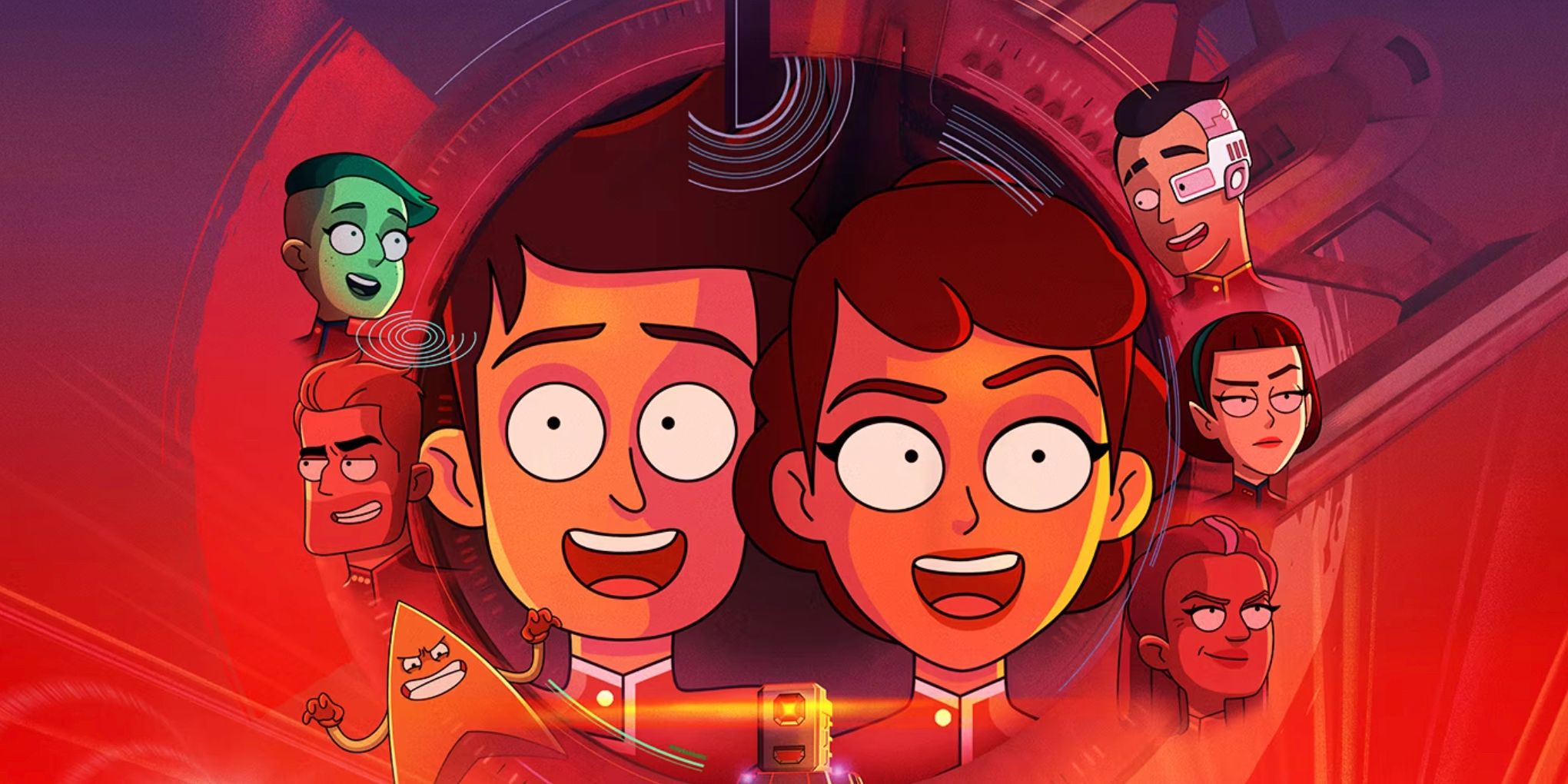
There’s a grand tradition of the Star Trek comedy episode, but Star Trek: Lower Decks delivers a hilarious comic adventure every week. Created by unabashed Star Trek fan Mike McMahan, Lower Decks sends up the franchise in ways that only its most devoted fans can. Lower Decks makes jokes about the Wadi Chula game, mounts a full-on sequel to “Tuvix”, and features a whole host of legacy character cameos. All of these elements add up to make the show a rich part of the wider Star Trek universe.
The comedy of Lower Decks comes from how Jack Quaid’s Lieutenant Bradward Boimler and Lt. Beckett Mariner (Tawny Newsome) exist on the fringes of the wider lore. While Captain William T. Riker (Jonathan Frakes) is commanding the USS Titan in high-stakes missions, Boimler and Mariner are disposing of holodeck waste on the USS Cerritos. It’s a brand-new take on the Star Trek universe that also taps into the old-school appeal of standalone adventures with varying degrees of dramatic stakes. Lower Decks is a joyous celebration of the entire Star Trek franchise packaged as something brand new – a Starfleet sitcom.
1 Star Trek: Strange New Worlds
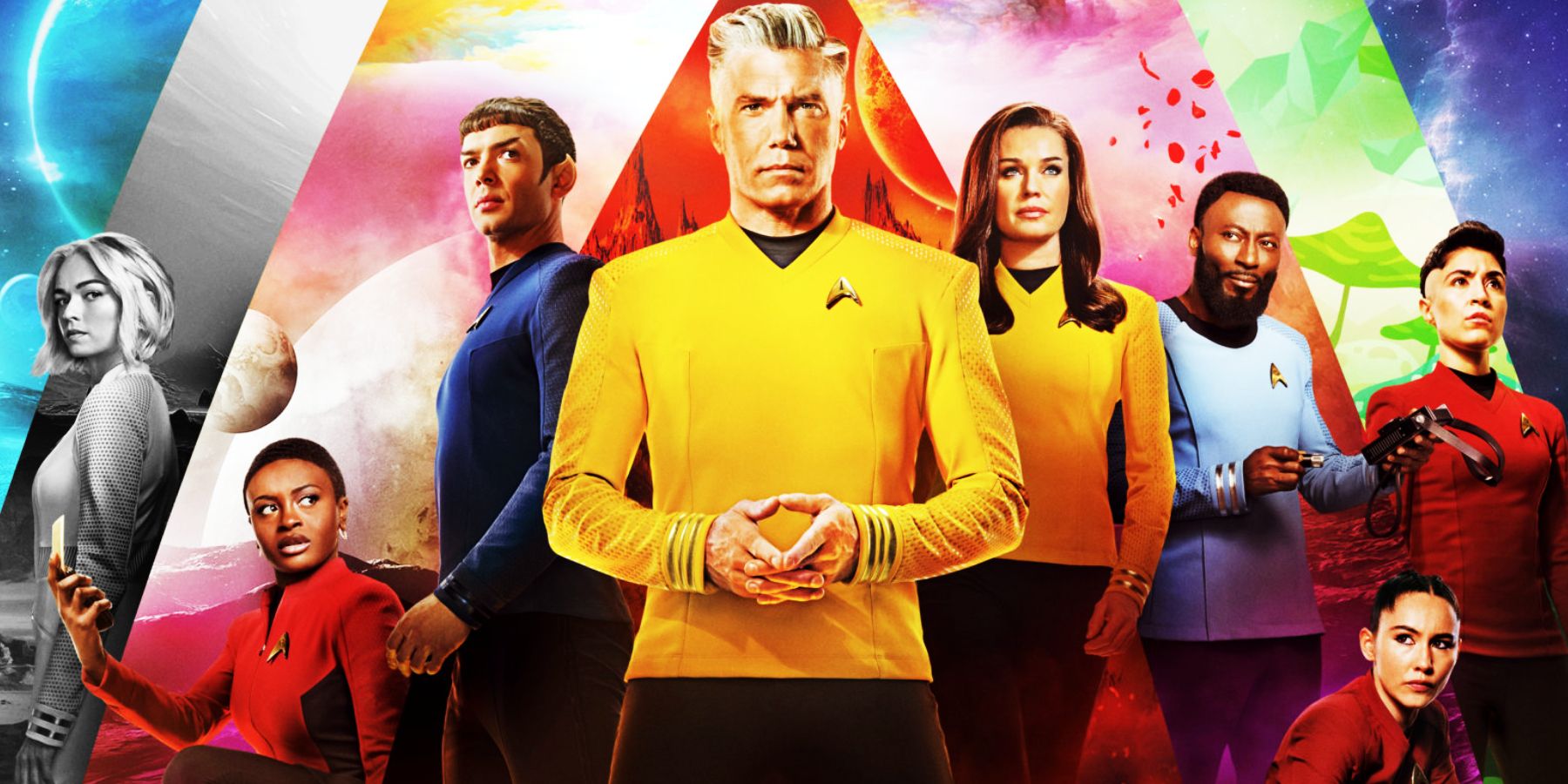
Star Trek: Strange New Worlds is exactly what the franchise needs in the 2020s. It’s old-school episodic Star Trek with a focus on exploration and adventure but with the production values and emotionally nuanced characters of the age of prestige television. The genius of Strange New Worlds is that it makes a virtue of the fact that the audience already knows how the stories of many of the characters end. It doesn’t matter that Captain Christopher Pike (Anson Mount) knows his fate, what matters is what he does with that information.
The other hugely enjoyable thing about Star Trek: Strange New Worlds is how it embraces a wide variety of genres across each season. SNW season 2 had Star Trek‘s first-ever musical and a dark and morally complex exploration of the horrors of the war. After Discovery and Picard had spent their seasons focused on one particular type of story, Strange New Worlds reminded audiences that Star Trek can be anything it wants to be. Which is why Star Trek: Strange New Worlds is the best show that the franchise currently has to offer.
-Featured.jpg)



